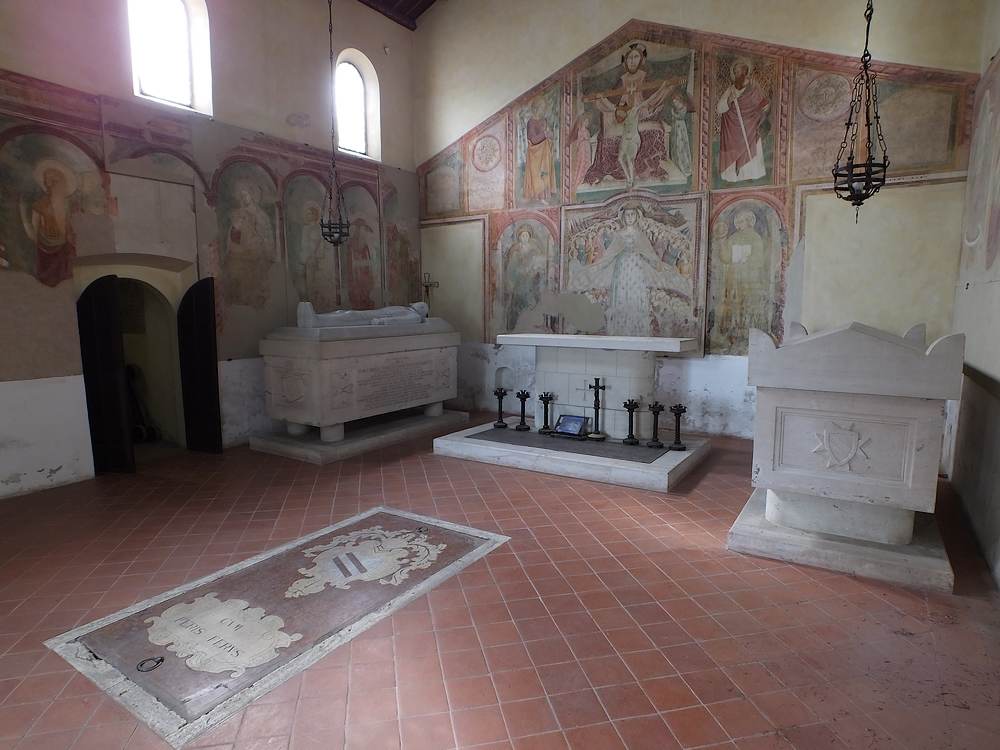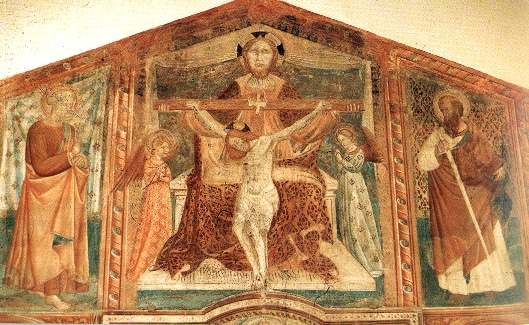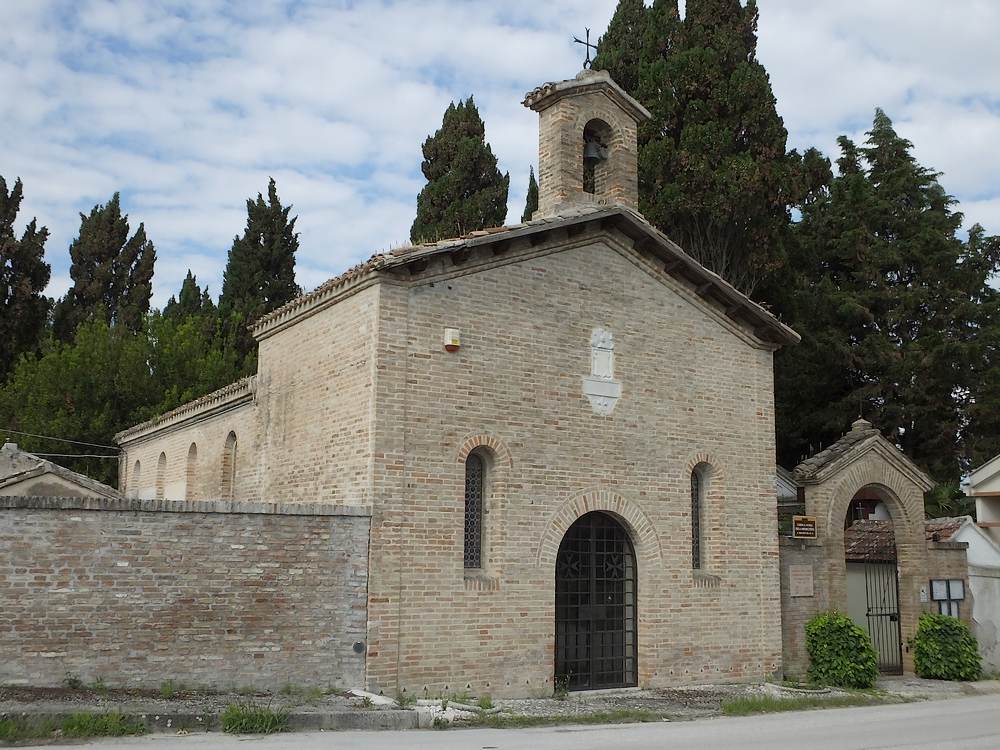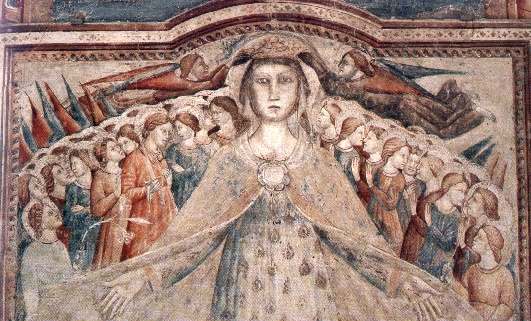The art of looking at art.
Simply, through filters that are ours alone, not mediated by experts as far as possible, obviously, a theoretical basis is always indispensable.
In my studies on the history of the Renaissance I continued to discover a world different from how they described it to us, if not even hidden, forgotten, removed: the one that arose from the continuous and profitable exchanges with the lands bathed by our Adriatic, a sort of corridor towards the 'The East from which information, cultures and materials of every order and degree came.
It is often not necessary to go to the Louvre or the Vatican Museums to find artistic treasures of great aesthetic value, if by aesthetic we mean something that touches the senses ( αἴσθησις from aisthesis = sensation) and not reason.
Because aesthetics touches the divine as it releases beauty, and we in the Marche, I continue to affirm, have a lot of it, we just don't know how to valorise it.
The Marche, I have often heard myself say, is elegant. Elegant elegant elegant... I was wondering... so aesthetes? According to the philosopher Baumgarten, in aesthetics it is the senses that judge and only through the senses can we reach sensitive knowledge. The senses make visible what is invisible to many, like God becoming flesh. There is, therefore, a very close relationship between art and religion, especially in the Christian religion; the divine shows itself, unlike in Judaism and Islam, and transcends; “Blessed are your eyes for they see. Many prophets and righteous men have desired to see what you see and did not see it (Matthew, 13, 15-17)

Sacred art should never be desecrated, explained, dissected, if possible. The message must reach us, if it arrives, in other ways.
The sacred has never spoken the language of men.
Giambono di Corrado da Ragusa (present-day Dubrovnik), one of the most important cities of our Adriatic corridor, grew up as a child under the protective wing of Olivuccio da Ciccarello who instructed him in painting, we are in the early fifteenth century, there are no dates certain about his birth, only about his origin.

Not much is known about him except that perhaps he painted the frescoes of a small church whose value many of us are unaware of, I am referring to the small church of Santa Maria della Misericordia next to the cemetery of Castelferretti, built by the Ferretti counts at the end of the fourteenth century. The cemetery is visible from the Ancona – Rome highway but I challenge anyone to have noticed and visited it.

Well, inside there are some "wonderful" frescoes that represent various figures, in addition to that of the crucified Christ whose cross is raised by a God who rarely, even for us Christians, has a face and form, there is also a Saint Venerable patroness of the Albanians, who formed a substantial community in Vallesina and Castelferretti, a Byzantine figure, and saints such as San Sebastiano, the Madonna del latte, San Francesco...

A church that I invite you to visit, if you have the opportunity and to reflect on the sensations it arouses in you. Be an aesthete!
